Historically fashion has represented a means of expression for both men and women alike, however, although initially the development of clothing was an activity linked to men and much of what we use today women, was made by them and for them, such as our beloved high heels 👠 We have been mostly women who over the years have adopted fashion as something that defines us representing about 75% of workers in the fashion industry.
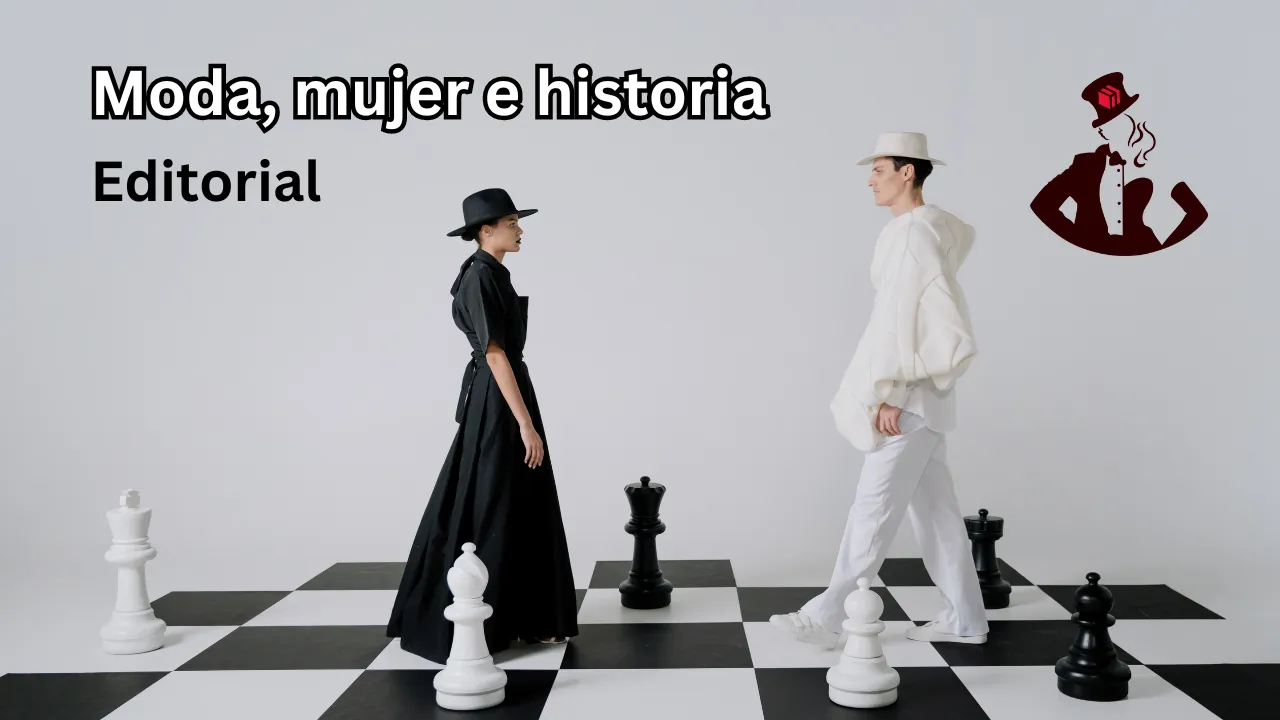
Los cortes de la ropa, el largo de la falda, los colores de las prendas y el uso de los accesorios han servido una y otra vez como medio de expresión de las minorías ante sucesos que ahora son históricos. En conmemoración del venidero día internacional de la mujer este 8 de marzo, hablemos un poco sobre algunas de las conexiones de la mujer, la moda y la historia mundial. En primer lugar, no está de más recordar que la mujer hoy en día sigue luchando por un mundo menos desigual y que aunque miremos a nuestro alrededor desde nuestro privilegio y no nos percatemos de que existe aún una gran brecha, sabemos que en algún lugar del mundo, muchas mujeres siguen viviendo oprimidas bajo las sombras, siendo consideradas un objeto o poco más que ello y hasta que la vida de ellas no tenga el mismo valor que la nuestra, no hay razón alguna para afirmar que vivimos en un mundo igualitario.
The cuts of clothing, the length of skirts, the colors of garments and the use of accessories have served time and again as a means of minority expression in the face of events that are now historic. In commemoration of the upcoming International Women's Day this March 8, let's talk a bit about some of the connections of women, fashion and world history. First of all, it is worth remembering that women today are still fighting for a less unequal world and that even if we look around us from our privilege and do not realize that there is still a big gap, we know that somewhere in the world, many women are still living oppressed under the shadows, being considered an object or little more than that and until their lives have the same value as ours, there is no reason to claim that we live in an equal world.
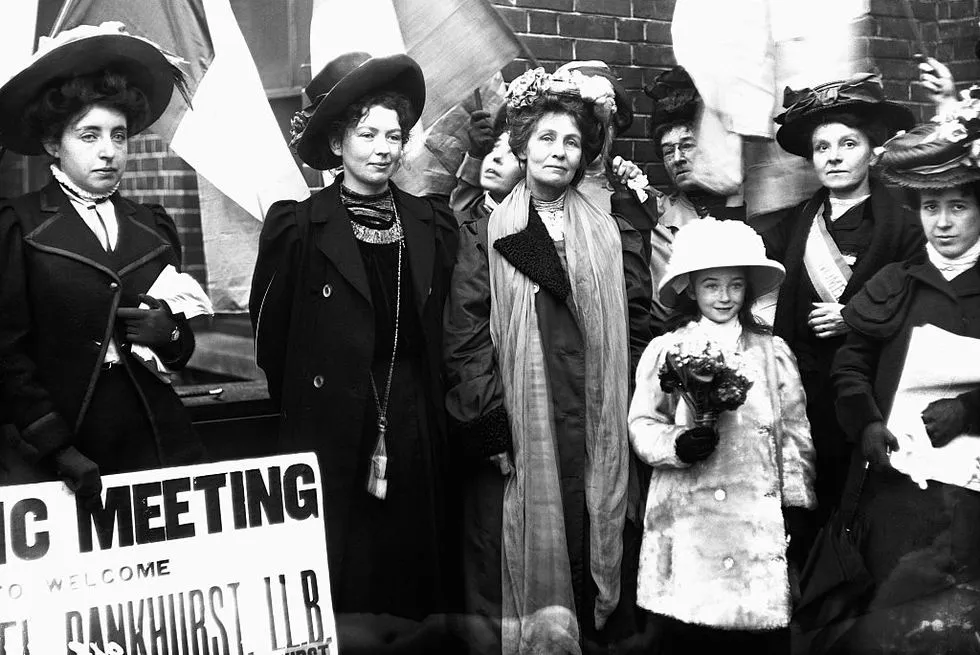
Aunque muchas mujeres hoy no tengan derecho al sufragio, somos la mayoría quienes podemos ejercer el voto, esto es gracias a que hace más de 100 años un movimiento de mujeres luchó por que obtuviéramos este derecho, utilizando para identificar el movimiento, los colores blanco (pureza), verde (esperanza) y morado (libertad) tanto en sus pancartas como en su vestimenta, colores que hoy en día siguen representando al movimiento feminista.
Although many women today do not have the right to vote, we are the majority who can exercise the vote, this is thanks to the fact that more than 100 years ago a women's movement fought for us to obtain this right, using to identify the movement, the colors white (purity), green (hope) and purple (freedom) both in their banners and in their clothing, colors that today continue to represent the feminist movement.
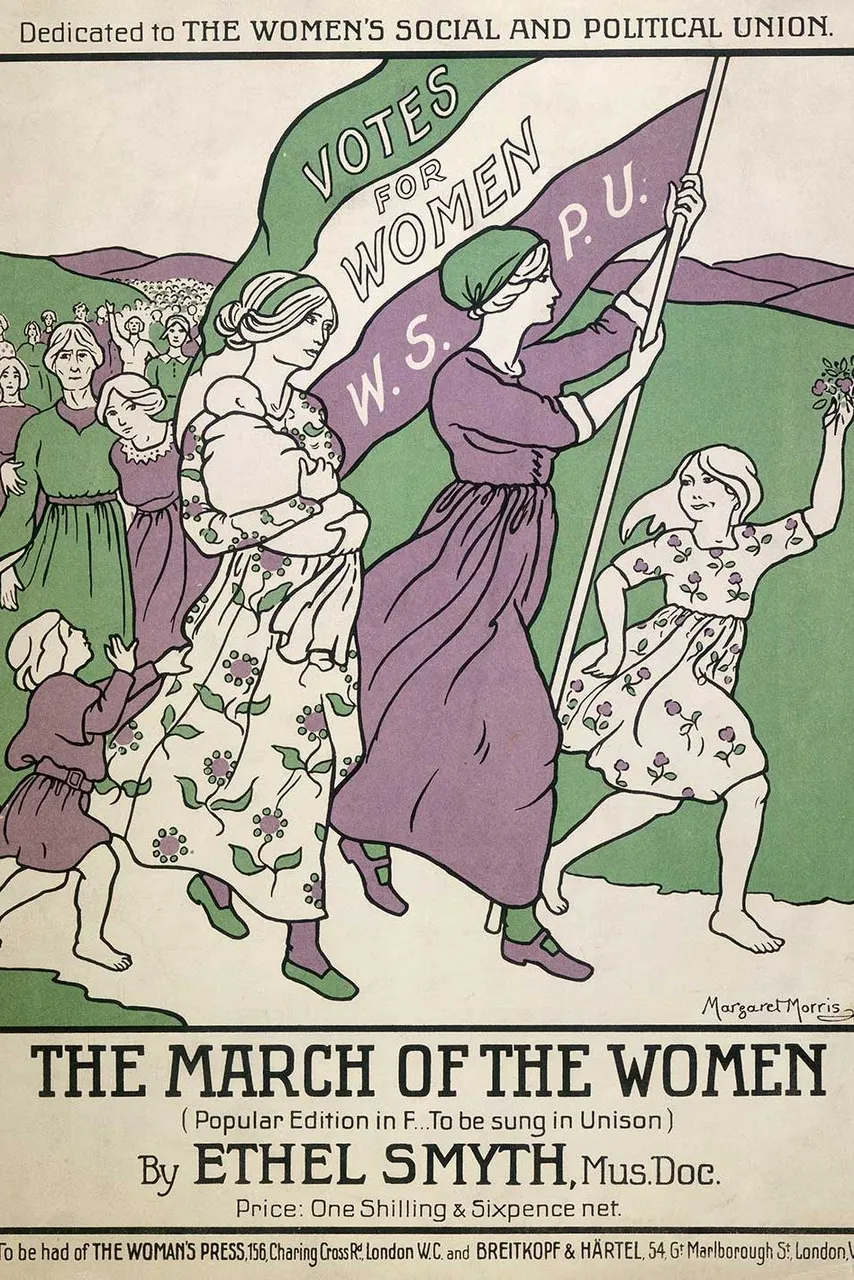
Durante la primera y la segunda guerra mundial fueron las mujeres quienes asumieron los puestos de trabajo que los hombres dejaban al tener que partir a la guerra y tuvieron que adaptar su vestimenta ya que los vestidos no eran tan ideales para la vida de obrero. Naciendo así el uso de pantalones y overoles en la mujer el cual luego de la guerra volvía a ser tabú pues, ¿CÓMO VAN A USAR PÁNTALONES SI SON MUJERES? No fue hasta aproximadamente los años 60 en que el uso de pantalones empezó a normalizarse gracias a que algunas actrices decidían hacerlo y de esta manera enviar un mensaje y marcar un precedente, cabe destacar que hubo otras actrices que estuvieron utilizando pantalones décadas atrás, pero solo eran vistas como mujeres irreverentes.
During the First and Second World War, it was women who took over the jobs that men left when they had to go to war and had to adapt their clothing, since the clothes were not ideal for working life. Thus was born the use of pants and overalls in women, which after the war became taboo again because, HOW WOULD THEY WEAR PANTS IF THEY WERE WOMEN? It was not until around the 60's that the use of pants began to normalize thanks to some actresses who decided to do so and thus send a message and set a precedent, it should be noted that there were other actresses who were using pants decades ago, but they were only seen as irreverent women.
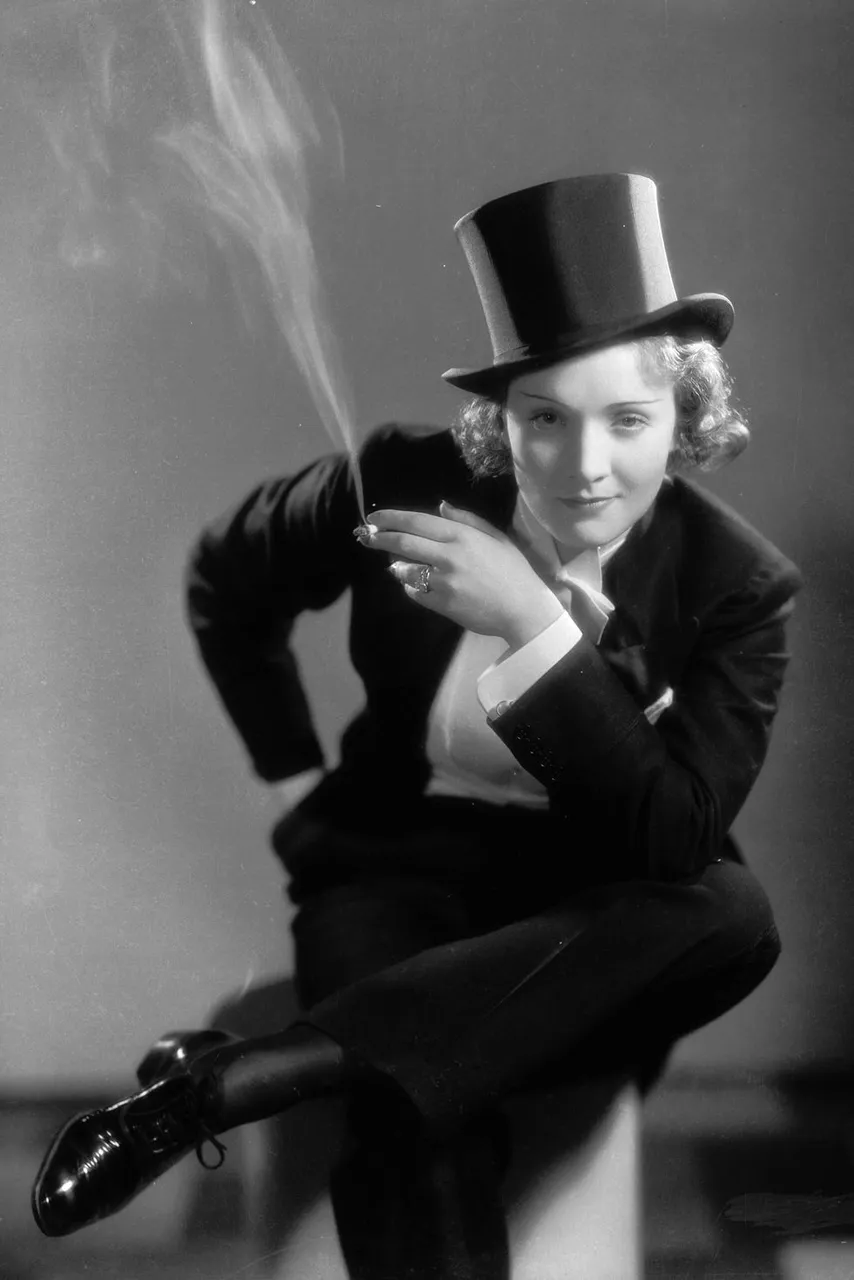
Históricamente la vestimenta de la mujer fue todo menos práctica, pues se suponía que un ser tan lleno de delicadeza no necesitaba mucha movilidad en la vida diaria así que a la mujer le tocó soportar la era del incómodo corsé y las faldas con ballenas gigantes que llegaron a ocasionar más de un incendio. Esta era de ropa poco práctica llegó a su fin luego de la primera guerra mundial gracias en parte a Coco Chanel quien cambió el mundo de la moda con su nueva visión de la silueta femenina, eliminando el corsé, desdibujando la cintura y originando así la liberación femenina en lo que a ropa se refiere y sí...también impulsó el uso de los pantalones.
Historically, women's clothing was anything but practical, as it was assumed that a being so full of delicacy did not need much mobility in daily life, so women had to endure the era of the uncomfortable corset and skirts with giant whales that caused more than one fire. This era of impractical clothing came to an end after World War I thanks in part to Coco Chanel who changed the fashion world with her new vision of the female silhouette, eliminating the corset, blurring the waist and thus originating female liberation in terms of clothing and yes...she also encouraged the use of pants.
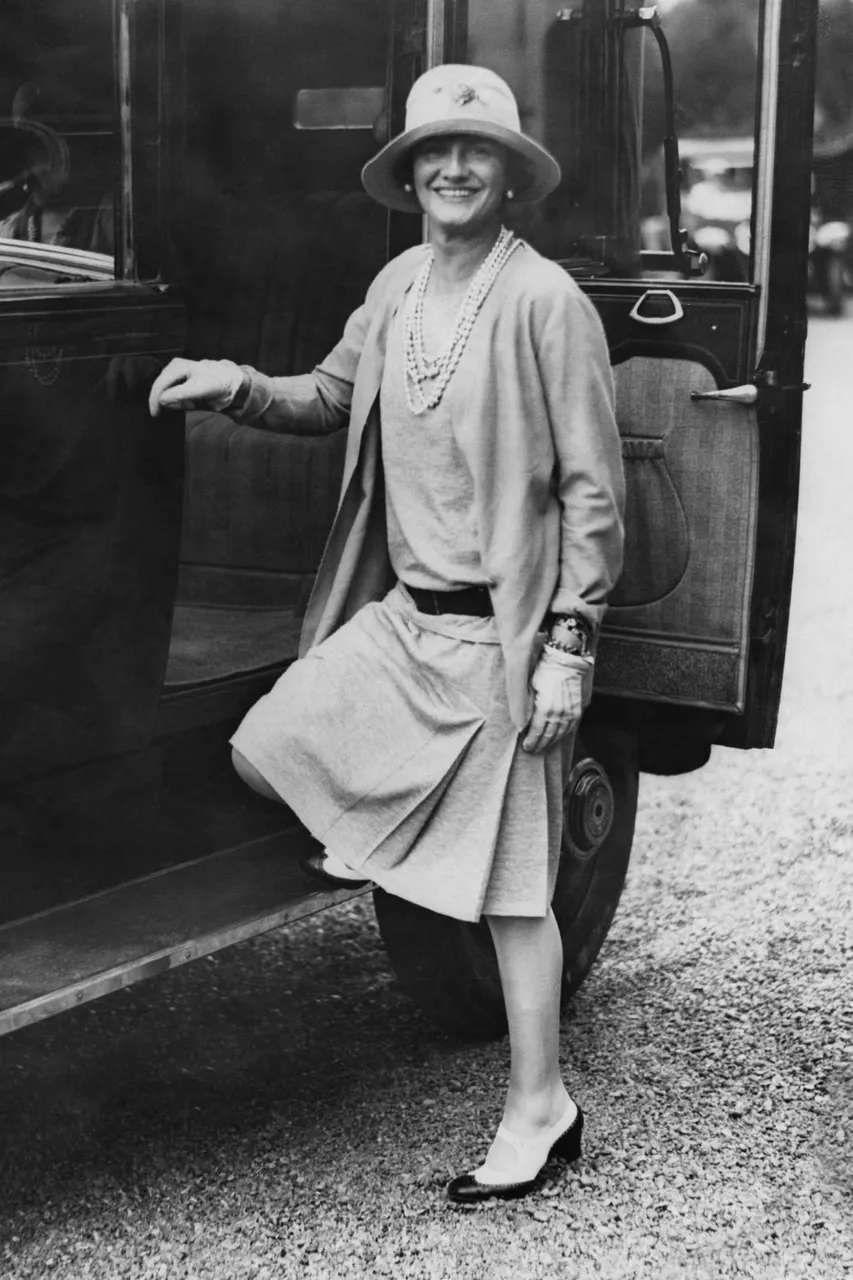
Como estos muchísimos más sucesos históricos interesantes que incluyen desde la revolución francesa hasta la vida de los Kennedy. Las cifras que se manejan sobre el liderazgo de las mujeres en las principales casas de moda es solo de un 14% según ciertas investigaciones, lo que me hace pensar que aún existe una brecha abismal en cuanto a la representación de la mujer en la industria de lo moda, tomando en cuenta que representamos el 75% de sus trabajadores.
Like these many more interesting historical events ranging from the French revolution to the life of the Kennedys. The figures that are handled on the leadership of women in major fashion houses is only 14% according to some research, which makes me think that there is still a huge gap in the representation of women in the fashion industry, taking into account that we represent 75% of its workers.

¿Qué opinas sobre la importancia de la mujer en la industria de la moda? Te leemos en los comentarios 💜
What do you think about the importance of women in the fashion industry? We'll read you in the comments 💜.
Editorial escrita por @lunaticanto
Febrero 2024


